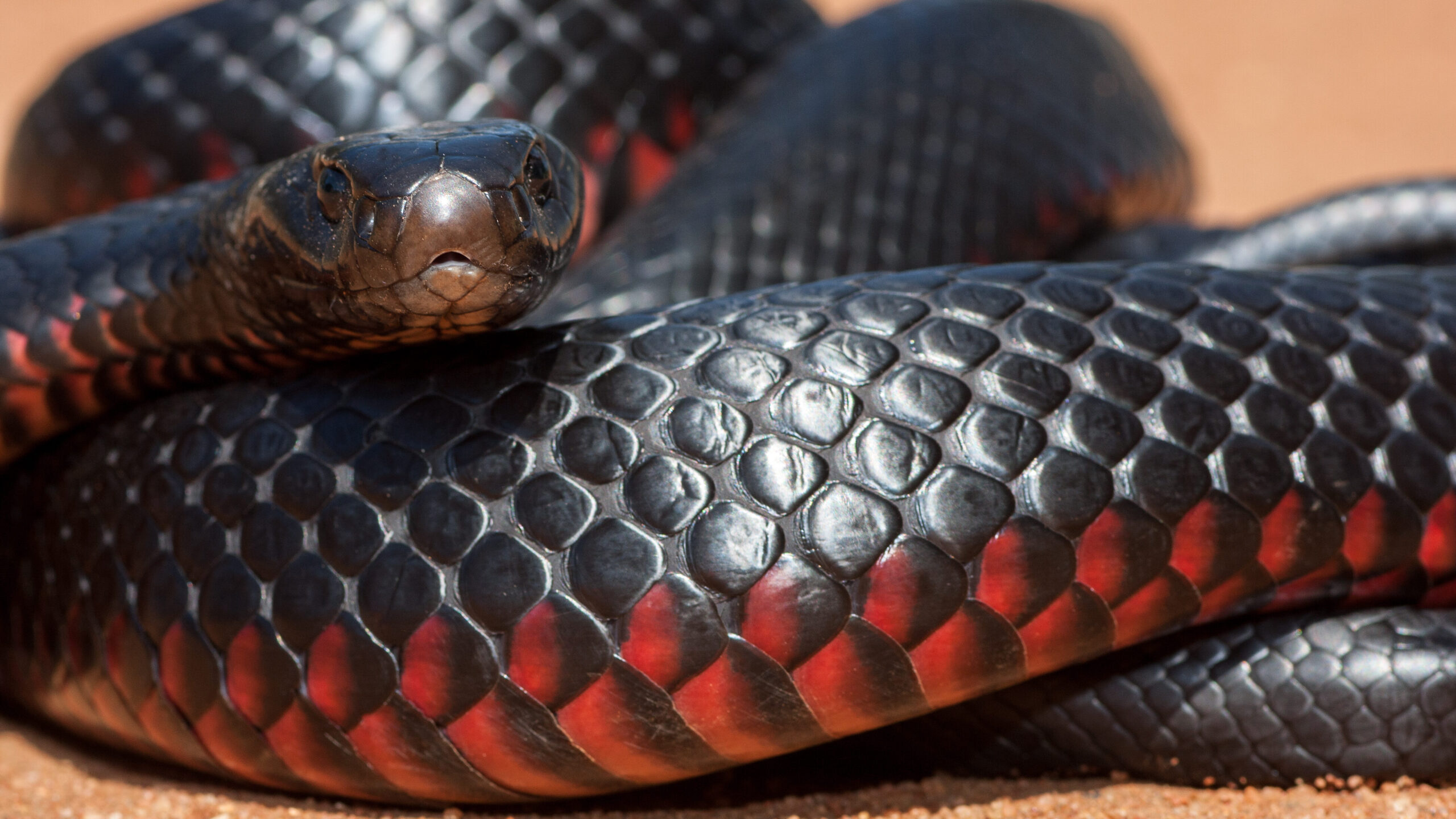Introduction
Tiger serpents (Notechis scutatus) are among the most remarkable yet feared reptiles located in Australia. With their striking appearance and potent poison, these snakes stimulate a mix of admiration and care. Observing tiger serpents in their natural environment can be an electrifying experience for nature fanatics, wild animals digital photographers, and researchers alike. Nonetheless, it's vital to approach this endeavor with regard for the animal's environment and an first aid management of snake bite understanding of safety measures to prevent snake bites.
In this extensive guide, we'll discover just how to securely observe tiger serpents in their natural habitat. We will certainly cover subjects ranging from recognizing their habits and habitats to first aid for snake attacks-- outfitting you with understanding to boost your experience while lessening dangers.
What is a Tiger Snake?
Tiger serpents are very poisonous snakes native to Australia, particularly Tasmania and coastal regions. They are understood for their distinctive banded pigmentation looking like a tiger's stripes, which can vary from yellowish-brown to dark brown or perhaps black.
Physical Characteristics
Tiger snakes are medium to large-sized serpents that can mature to 2 meters long. Their bodies are durable, and they have a wide head that is distinctly bigger than their necks.
Habitat Preferences of Tiger Snakes
These reptiles commonly populate wetlands, tidewaters, and coastal regions yet can likewise be located near freshwater sources like rivers and lakes. Comprehending where these snakes live is crucial for anyone seeking to observe them safely.
Understanding Tiger Snake Behavior
Are Tiger Snakes Venomous?
Yes, tiger snakes are among the most poisonous snake types internationally. Their venom includes neurotoxins that can bring about severe medical complications if bitten.
Behavioral Traits
Tiger snakes are typically timid animals; they favor to prevent human interaction. Nevertheless, they can become aggressive if intimidated or collared.
Where Can You Find Tiger Snakes?
Tiger Snake Habitat Exploration
To safely observe tiger serpents in their natural habitat, it's vital initially to determine where they grow. They have a tendency to prefer:

- Coastal marshlands Mangroves Swamps Riverbanks
Best Areas for Observation
Some advised areas consist of:
- Tasmanian wetlands The coastlines of southerly Australia National parks with water bodies
Safety Preventative measures Before Observing Tiger Snakes
Understanding the Dangers of a Tiger Serpent Bite
Although experiences with tiger serpents can be awesome, recognizing the dangers entailed is vital:
types of snakes in Australia Recognize signs and symptoms of a snake bite: swelling at the site, discomfort emitting from the bite area. Know emergency situation contacts: Acquaint on your own with neighborhood emergency services. Carry a first-aid set specifically geared up for snake bites.First Aid for Snake Bites: What You Required to Know
Knowing what steps to take if bitten might save your life or somebody else's:
- Stay tranquility; motion increases venom spread. Call for clinical help immediately. Do not use ice or effort suctioning.
How to Safely Observe Tiger Snakes in Their Natural Habitat
When you make a decision to observe tiger serpents in the wild:
Dress Appropriately: Put on long pants and tough boots. Use Binoculars: Maintain a risk-free distance while observing these reptiles. Avoid Sudden Movements: Quick motions may shock them. Stay on Developed Trails: Avoid roaming right into thick underbrush where presence is low.Equipment Required for Observation
Essential Equipment Checklist
- Binoculars First-aid package specifically made for snake bites Field guidebook on Australian reptiles Camera (with zoom ability)
Snake Bite First Aid Set Essentials
A well-equipped emergency treatment kit need to consist of:|Thing|Function|| -------------------------------|-------------------------------|| Compression plaster|To immobilize the damaged area|| Antihistamines|For allergies|| Emergency call numbers|Quick accessibility during emergency situations|
Interpreting Tiger Snake Signals
Understanding just how tiger serpents connect through body language aids onlookers evaluate when it's secure or hazardous:
Common Behaviors
Defensive posture: If coiled or increased off the ground. Retreating actions: When they slowly pull back from possible threats.Dealing With Potential Encounters
Even with preventative measures taken, an encounter might still take place during your observation trip:
Remain calmness; panicking just heightens risks. Slowly pull back without transforming your back on the snake. Make your visibility known verbally but stay clear of unexpected movements.
Frequently Asked Questions Concerning Tiger Snakes
1. What should I do if I see a tiger snake?
Remain tranquility; observe from a range without troubling it.
2. Are infant tiger snakes dangerous?
Yes, adolescent tiger snakes are born venomous and might present dangers comparable to adults despite being smaller.
3. Just how usual are tiger snake bites?
While events take place yearly in Australia, fatalities are uncommon because of prompt therapy availability.
4. Can I maintain a tiger serpent as a pet?
Keeping wild tiger snakes as pet dogs is unlawful in many areas due to conservation laws.
5. What does a tiger snake attack appearance like?
Bite marks commonly show two puncture injuries together with localized swelling and discoloration.
6. How efficient is antivenom?
Antivenom therapy is highly efficient when provided timely after a bite.
Conclusion
Observing tiger snakes in their natural environment uses an exciting chance for wildlife lovers yet must be approached with care Click here for more info and regard for both the creature and its atmosphere. By equipping on your own with expertise about these remarkable reptiles-- including comprehending their habits and precaution-- you can delight in unforgettable experiences while considerably decreasing risks connected with encounters.

In summary, constantly prioritize safety by preparing properly before embarking on any wildlife monitoring expedition-- especially when dealing with some of nature's most poisonous animals like the tiger snake!